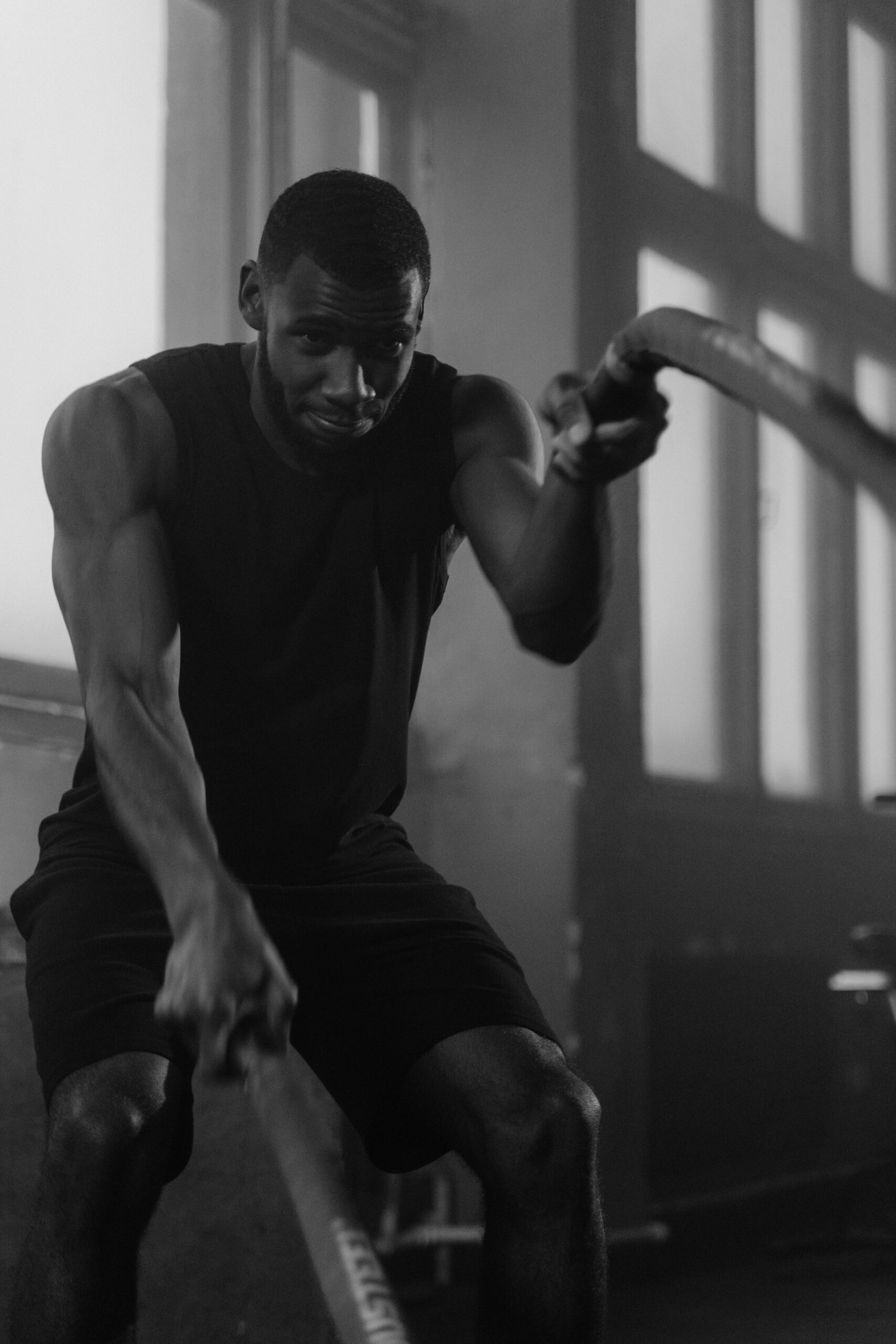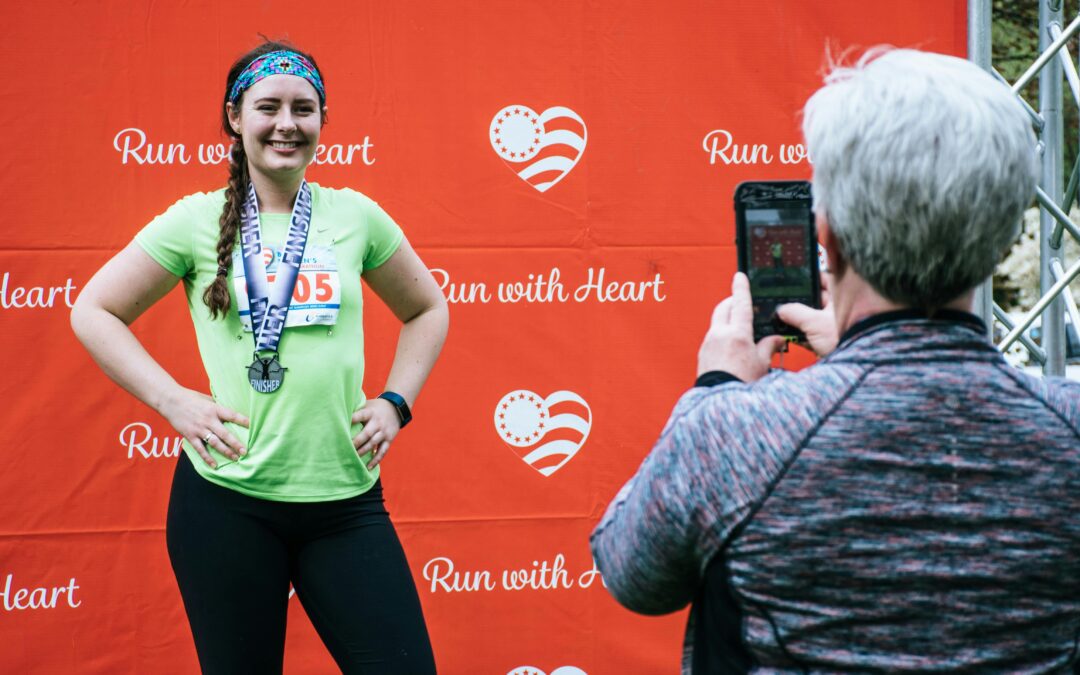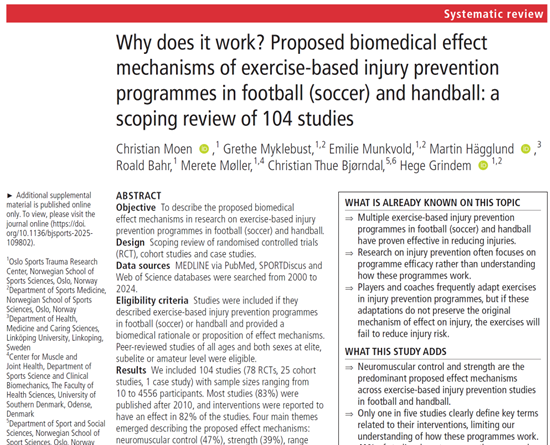Tom Brady played until he was 45. Serena Williams dominated tennis for over two decades. LeBron James is in his 21st NBA season.
What do they have in common? Not just talent—obsessive attention to staying available.
After 25 years in sports medicine, I’ve learned that the athletes who achieve the most aren’t always the most talented. They’re the ones who stay healthy enough to keep training, competing, and improving while their competitors sit on the sidelines.
The Math of Availability
Here’s a thought experiment:
Athlete A is exceptionally talented but misses 25% of training and competition time due to injuries and setbacks.
Athlete B is slightly less talented but maintains 95% availability through intelligent injury prevention.
Over five years, Athlete B gets an extra year of training, competition, and skill development. That’s 12 additional months of getting better while Athlete A is recovering.
Who do you think performs better in year five?
This isn’t theoretical. I’ve watched this play out countless times. The less talented athlete with superior availability consistently outperforms the more talented athlete who can’t stay on the field.
The Compound Effect of Consistency
Small differences in availability create massive differences in outcomes over time.
90% availability means missing about 5 weeks per year 95% availability means missing about 2.5 weeks per year
That 2.5-week difference doesn’t sound like much. But compounded over a high school or college career? It’s the difference between:
- Making varsity versus sitting JV
- Earning a starting position versus being a backup
- Getting recruited versus being overlooked
- Playing in college versus watching from the stands
What Elite Athletes Know
The professionals who last understand something most athletes miss: prevention isn’t separate from performance—it IS performance.
They don’t view injury prevention work as “extra” training. They view it as the foundation that allows them to train harder, recover faster, and compete more consistently than their peers.
Their edge isn’t working harder—it’s working smarter about protecting their ability to work hard.
The Cost of Downtime
When you’re injured or recovering, you’re not just missing training time. You’re:
- Losing the fitness you’ve built
- Watching competitors get ahead
- Missing critical skill development windows
- Dealing with the mental toll of being sidelined
- Playing catch-up when you return (which often leads to re-injury)
Every week sidelined requires approximately three weeks to fully return to your previous performance level. Miss a month? You’re looking at three months to get back to where you were—and that’s if everything goes perfectly.
Redefining the Standard
Sports culture often celebrates the warrior who plays through pain or returns from injury quickly. But I’ve seen where that mentality leads . . . shortened careers, chronic pain, and athletes who quit sports entirely in their 20s.
The new standard isn’t toughness despite injury. It’s intelligence that prevents injury.
It’s not bouncing back from setbacks. It’s avoiding unnecessary setbacks.
It’s not “playing hurt.” It’s staying healthy enough that you never have to choose between your body and your sport.
Your Availability Advantage
If you’re serious about reaching your athletic potential, the question isn’t “Can I handle one more workout?”
The question is: “Am I building the kind of durability that will let me train consistently for years, not just weeks?”
Because talent matters. Work ethic matters. But neither means much if you’re not available to use them.
The athletes who understand this—who invest in systematic resilience building—don’t just avoid injuries. They unlock performance levels that weren’t accessible when their bodies were operating with hidden vulnerabilities and compensation patterns.
The Choice
You can continue hoping you’ll be one of the lucky ones who stays healthy, or you can systematically build the resilience that creates its own luck.
Performance without interruption isn’t about genetics or good fortune. It’s about intelligent preparation.
That’s the standard every serious athlete should be pursuing. Not just to play longer, but to play better—because consistency is what transforms potential into achievement.
Ready to build the systematic resilience that creates performance without interruption? Learn more at The Healthy Athlete Project.





0 Comments